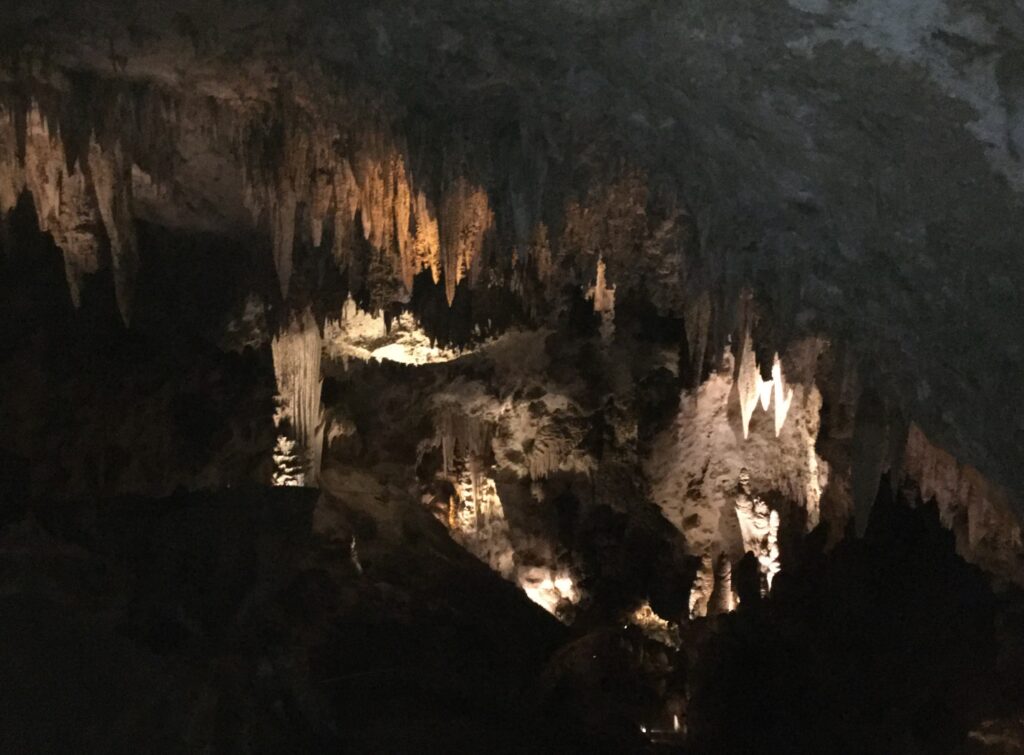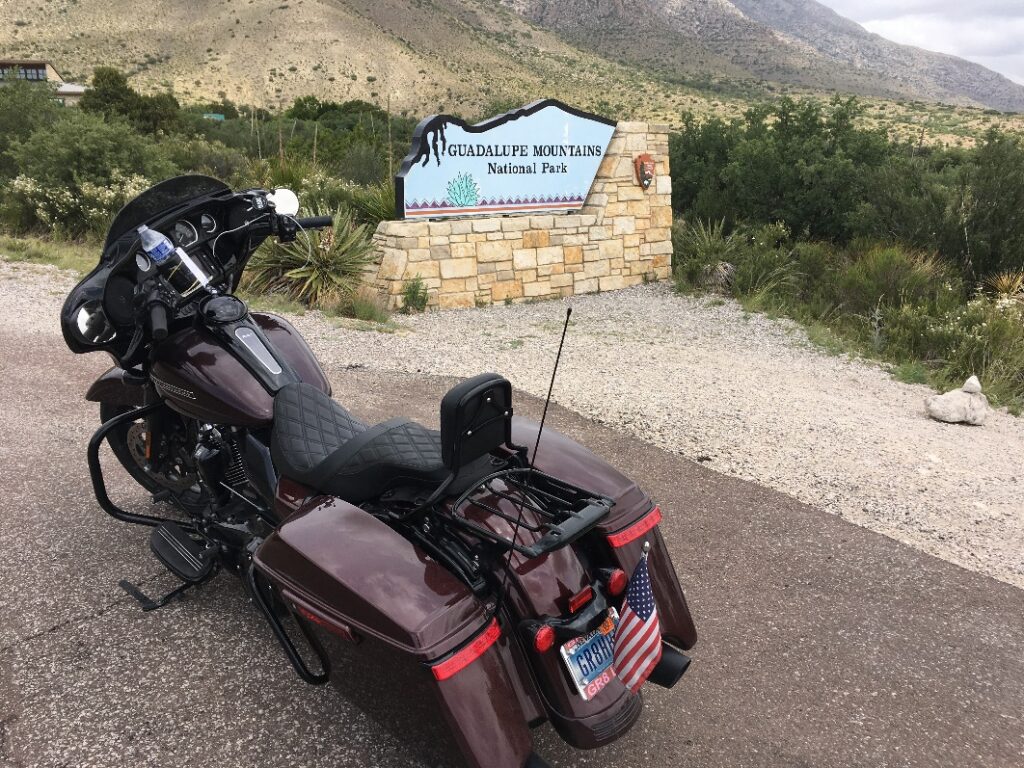Off to explore Biscayne National Park which is about 16 miles from Ernest Coe Visitor Center, Everglades National Park. Biscayne National Park is 90 percent water. The perfect way to explore is boating. Canoe and kayaking are great ways to experience the mangrove-fringed shorelines and shallow bay waters. There are three main Keys to explore and the only way to get there is by boat. Boca Chita Key, Elliot Key, and Adams Key. The keys have limited services available.
There was a storm brewing on the day we visited the park. Our first stop was at the Dante Fascell Visitor Center. As we arrived lightning was active across the water. Boaters were coming into safety. Lightening was flashing, I pulled out my 6s iPhone, to catch a picture of lighting. Which seemed to be as difficult as locating the elusive alligators. But after about forty-five minutes and over 200 shots, I captured two lighting photos.
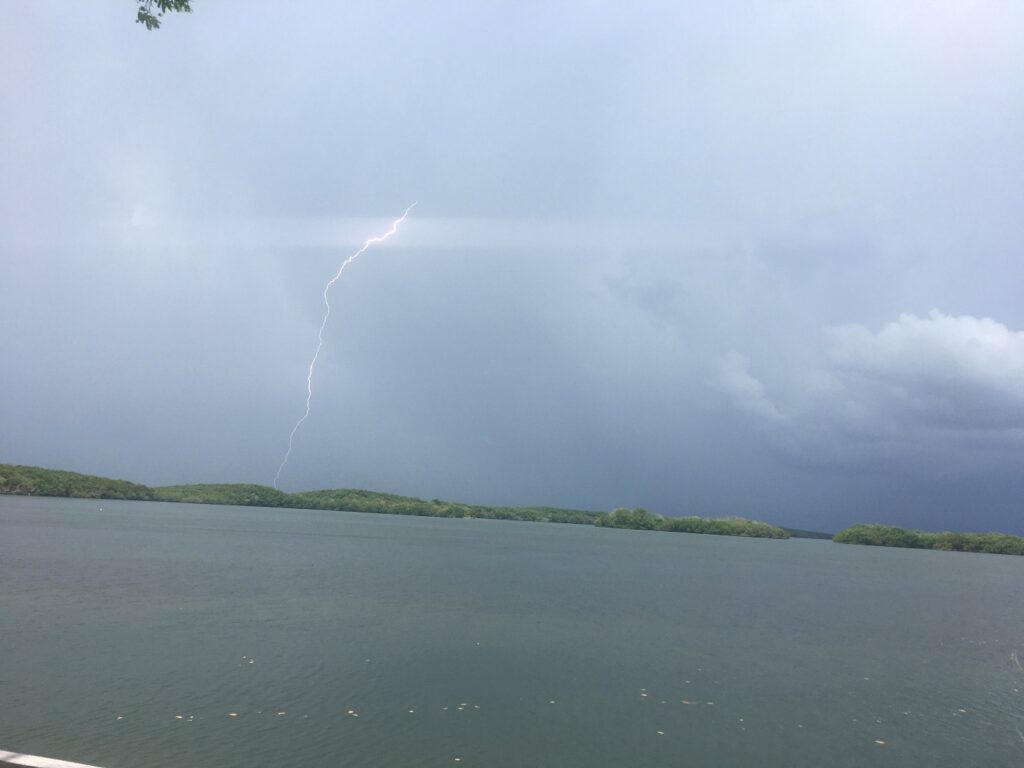
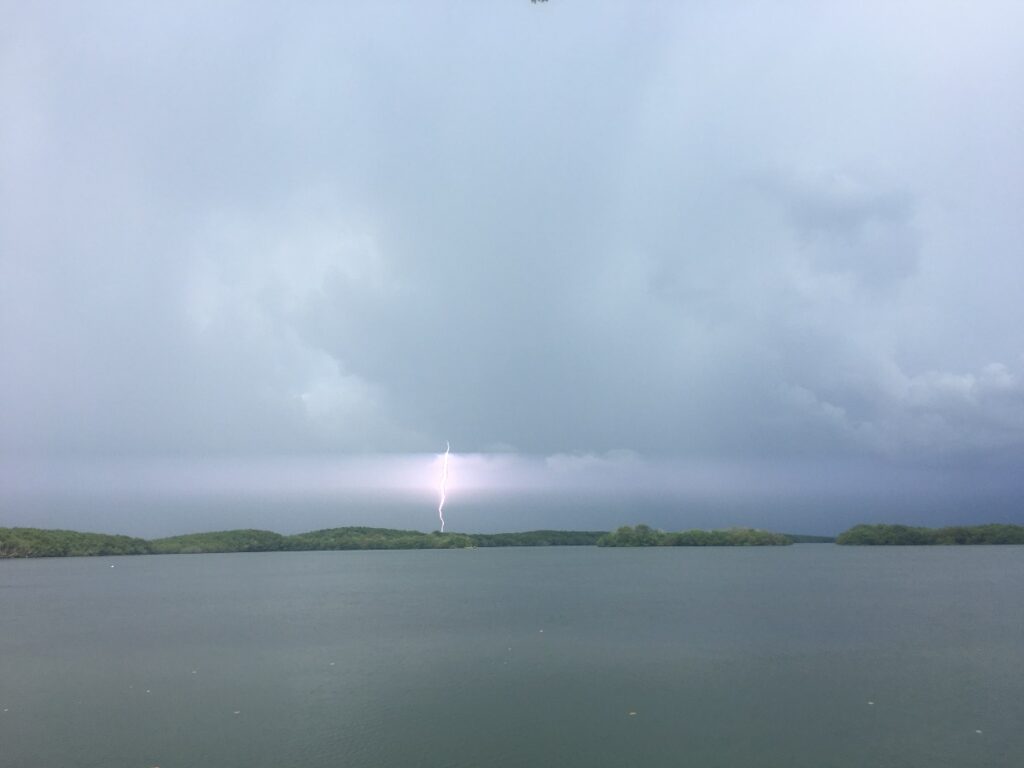
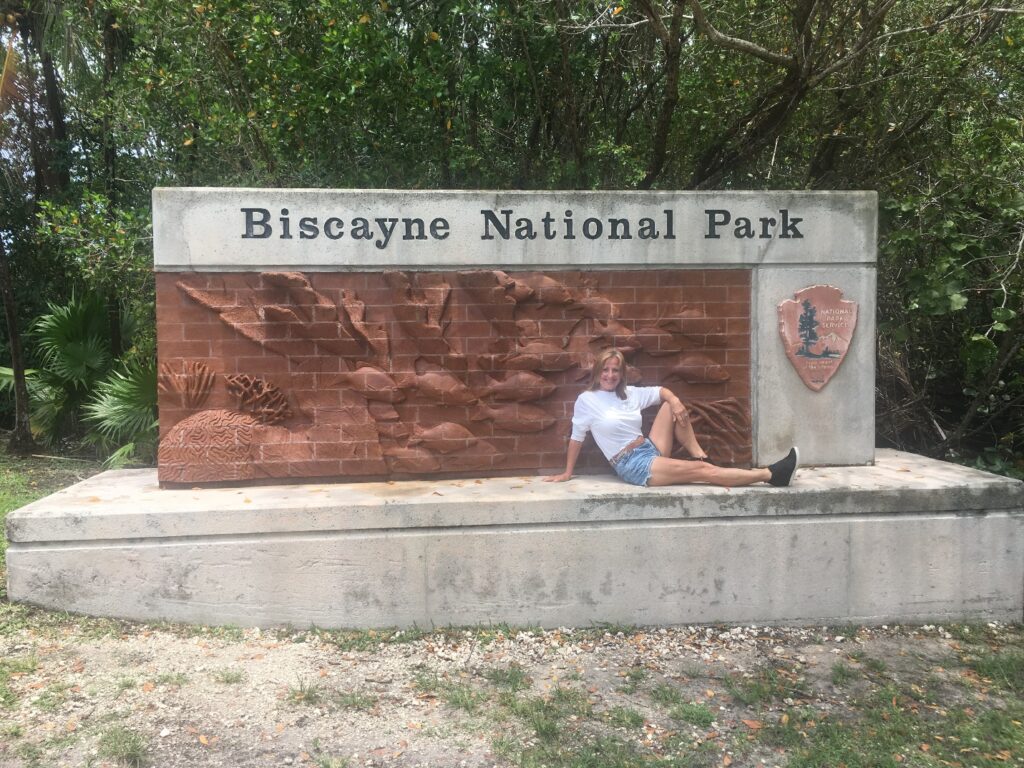
Had there not been a storm brewing and we needed to head to the airport would have been a good day for Snorkeling.
Interesting Facts about Biscayne National Park
Biscayne Protects Part of The Only Living Coral Reef in The Continental United States.
95% Of the Park is Underwater.
There Are Four Ecosystems in Biscayne National Park. They are the shoreline mangrove swamp, the shallow waters of Biscayne Bay, the coral limestone keys, and the offshore Florida Reef
The Park Is a Sanctuary for Federally Protected Plants, such as the Florida semaphore cactus and buccaneer palm, considered to be the rarest palm native to Florida.
Biscayne Is Home to Some of The World’s Most Endangered Animal Species, such as the
American crocodile, Eastern indigo snake, Sea Turtle- green, Sea Turtle- hawksbill.

